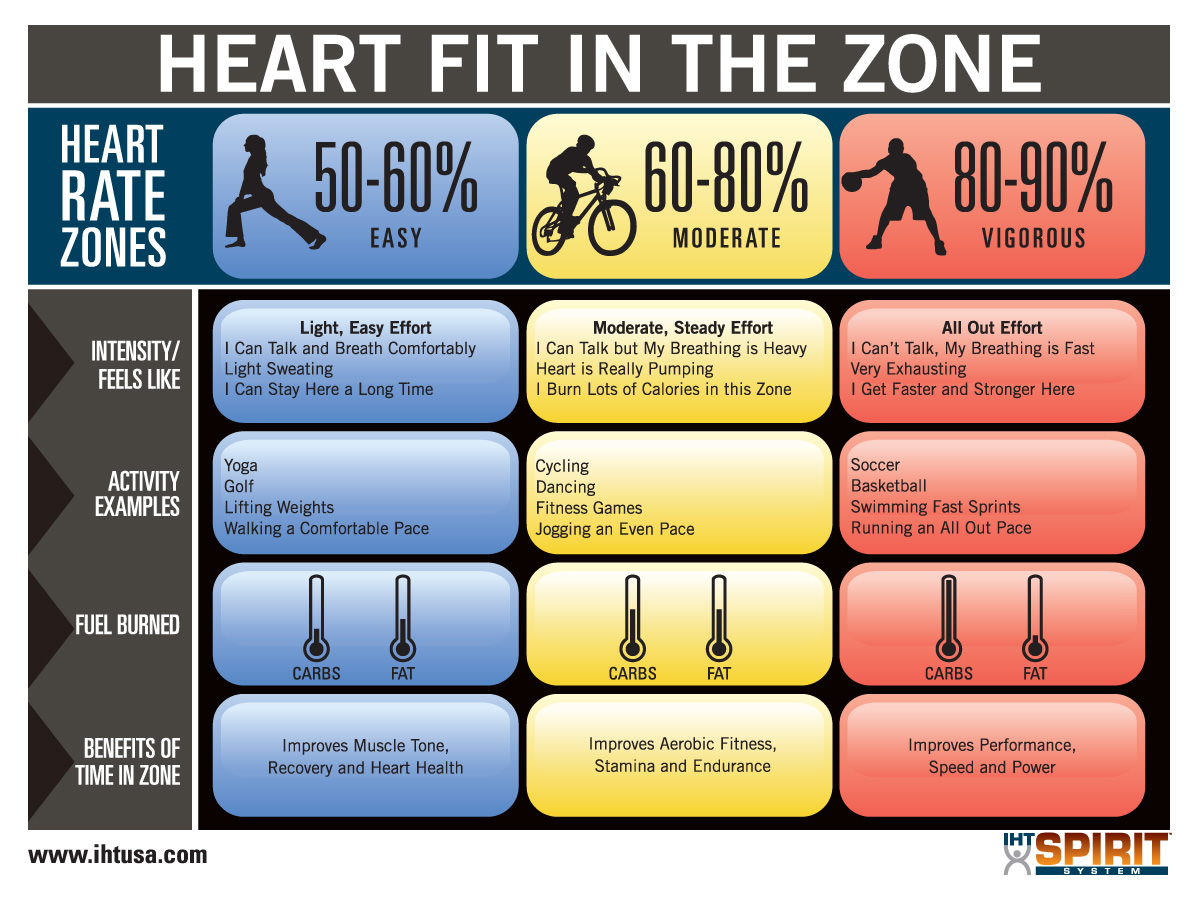Table Of Content

Once you’ve determined your ideal heart rate for exercise, it’s important to use this information to help keep the intensity level of your workouts in check. In general, the lower a person’s resting heart rate, the healthier their heart muscle. However, a very low heart rate can indicate a problem with the heart’s electrical system. This article will explain ideal heart rates, taking into account factors such as medication use and age.
What’s a normal heart rate?
A type of tachycardia called ventricular fibrillation is an emergency that requires immediate medical attention. Sinus tachycardia refers to a usual increase in the heart rate often caused by exercise or stress. You can expect to stay at least one night in the hospital after ventricular tachycardia ablation. Usually, you can go back to regular activities within a few days of leaving the hospital. However, you shouldn’t do heavy physical tasks or workouts for at least three days, or as directed by your healthcare provider. When you have abnormal electrical signals in your ventricles (lower chambers of your heart), they get in the way of normal signals from your sinoatrial node that usually controls your heart rate.
Typical heartbeat
Biological factors can affect the structural and electrical functions of the heart, but other risk factors include dehydration, certain medications, lack of sleep, and stress. Insufficient sleep may increase the risk of developing conditions such as high blood pressure and obesity. Inappropriate sinus tachycardia, which is rare, occurs when the heart rate increases for no apparent reason. It could be the result of a nerve-signaling problem in the heart.
Treatment
By monitoring your walking heart rate, you can ensure that you are achieving the optimal level of cardiovascular stimulation necessary for these benefits. In this example, the person’s walking heart rate should ideally be between 90 and 153 BPM to maximize health benefits. It is important to note that these values are approximate and can vary between individuals. You should also consider your current fitness level and any existing medical conditions when determining your ideal walking heart rate [3]. According to the American Heart Association (AHA), the average resting heart rate is between 60 and 100 beats per minute. However, this number may rise with age and is usually lower for people with higher physical fitness levels.

8 Best Incline Treadmills of 2024, According to Running Experts - Men's Health
8 Best Incline Treadmills of 2024, According to Running Experts.
Posted: Wed, 03 Jan 2024 08:00:00 GMT [source]
As you continue to exercise regularly, though, you'll notice your heart get stronger and you'll feel out of breath less often, per the National Heart, Lung and Blood Institute (NHLBI). While there are a wide variety of wearable devices that can help you check your own heart rate, you can also do it manually. But what’s considered too fast may also depend on your age and overall health. Then the signals arrive at a group of cells called the AV node, where they usually slow down.
A typical resting pulse rate for adults is between 60 and 100 beats per minute (bpm). But, a heart rate of over 100 bmp that occurs with shortness of breath or chest pain may be dangerous. Sinus tachycardia is the term used to describe a faster-than-normal heartbeat — a rate of more than 100 beats per minute versus the typical normal of 60 to 70 beats per minute.
Tachycardia
An arrhythmia can be dangerous because blood isn’t pumped well enough around the body causing symptoms like dizziness, fainting and shortness of breath. When our hearts pump faster after a brisk run or walk, we tend to feel most energized. During these times, we become more aware of our bodies and how each heartbeat affects us.
Medical Professionals
If a person is dehydrated over a long period of time, their risk of developing problems such as heart disease increases. Sinus tachycardia occurs when the heart rate increases due to expected reasons, such as during exercise, if a person is feeling anxious, or during periods of dehydration. According to the AHA, moderate-intensity workouts should be closer to the lower end of the target heart rate range that correlates with your age.
How to get blood pressure down to 120 - CNN
How to get blood pressure down to 120.
Posted: Fri, 18 Sep 2015 07:00:00 GMT [source]
One of the vital signs a nurse checks when you visit the doctor is your heart rate, along with temperature, blood pressure and respiratory rate. Your heart rate, which is measured by your pulse, is an important indicator of your overall health and fitness level. It can signal certain medical conditions or a need to adjust lifestyle habits that elevate your heart rate above the normal range determined by your age. An arrhythmia (or heart rhythm issue) is when the heart beats too slowly, too quickly, or irregularly.
If you find you keep creeping close to or past your maximum heart rate during exercise, ease off a bit — especially if you're newer to exercise. Experience unparalleled accuracy for reliable oxygen saturation, perfusion index and heartbeats per minute metrics every time. “If the heart rate is persistently elevated for more than a few days and there is absence of a clear thing that can explain it, that should be a time to talk to your doctor,” he says. Experience unparalleled accuracy for reliable oxygen saturation, perfusion index, and heartbeats per minute metrics every time.
To maximize the number of calories burned during walking, several strategies can be considered. This article will examine several possible causes of a heart rate that is jumping up and down, beginning with some structural and electrical disorders of the heart. If the high heart rate is due to an underlying cause such as sepsis or hypoxia, treating this will also help regulate the heart rate. Eventually, the caffeine will wear off and you'll notice your heart begin to slow down and return to its "normal" state.
If you can’t locate your pulse in your wrist, try finding your pulse on your carotid artery or the other parts of your body where the pulse may be stronger. By integrating these methods into a routine, walking becomes an efficient method to improve health and manage weight. It's accessible, requires no special equipment, and benefits overall health.

No comments:
Post a Comment